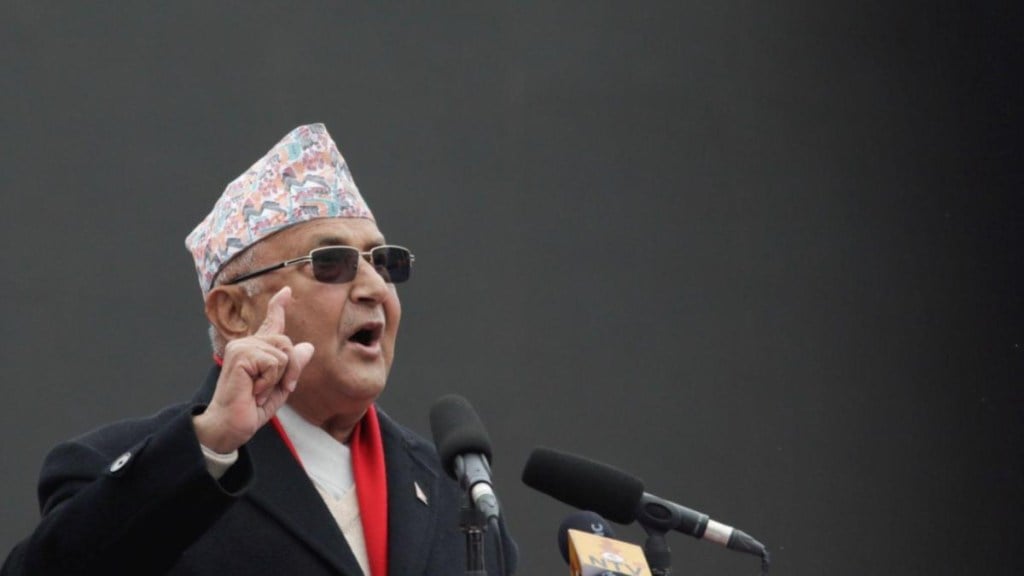In a first statement following his ouster as Nepal’s Prime Minister, KP Sharma Oli on Friday alleged that the September 8 bloodshed, in which 19 people were killed on the first day of Gen Z protests, was the result of a conspiracy rather than police action. Oli insisted that his government had not authorised live fire on demonstrators. “The use of automatic weapons not in police possession must be investigated,” Oli said, calling into question how the youth-led protests escalated into the deadliest single day of political unrest in Nepal’s recent history. He further alleged that conspirators had infiltrated the Gen Z demonstrations.
Oli, in a Facebook post, wrote, “I won’t say much about the conspiracy behind this today, a lot of things will make a statement by itself. Was our country being built or spoiled, or was it just expanded outrage by standing up a spoiled fictional statement? All these things our new generation will realize itself.”
According to an IANS report, the overall death toll from protest-related incidents now stands at 72, with fatalities also reported from arson attacks. Government installations and symbols of authority came under widespread assault, including the administrative hub Singh Durbar and the Supreme Court building. Offices of political parties, businesses and residences of senior leaders were also targeted.
Where did Oli hide during protests?
Oli’s residence in Balkot, Bhaktapur, was badly damaged in an arson attack during the protests. Homes of former Prime Ministers Sher Bahadur Deuba, Pushpa Kamal Dahal ‘Prachanda’ and Jhalanath Khanal were also attacked. Following the attacks, Oli was placed under Nepal Army protection, though he has since shifted to a temporary residence in Gundu, Bhaktapur, after leaving army shelter on Thursday.
Pradeep Gyawali, deputy general secretary of Oli’s party CPN-UML, confirmed that the former leader would re-emerge publicly after a party secretariat meeting. “His permanent residence has been vandalised and cannot be used. He is now residing in a temporary residence…gradually he will come forward to the public,” Gyawali told ANI.
Aftermath of Gen Z protests
Oli’s allegations raise fresh questions about the state’s role and the credibility of Nepal’s security institutions at a time of unprecedented instability. According to Oli, external actors or political rivals may have engineered the chaos. However, it can be argued that Oli is attempting to deflect blame for the excessive violence that erupted under his watch.
In the aftermath of his resignation, an apolitical interim government led by former Chief Justice Sushila Karki has assumed office. The new government in Nepal is working to restore order and preparing for fresh parliamentary elections scheduled for March 5, 2026.

